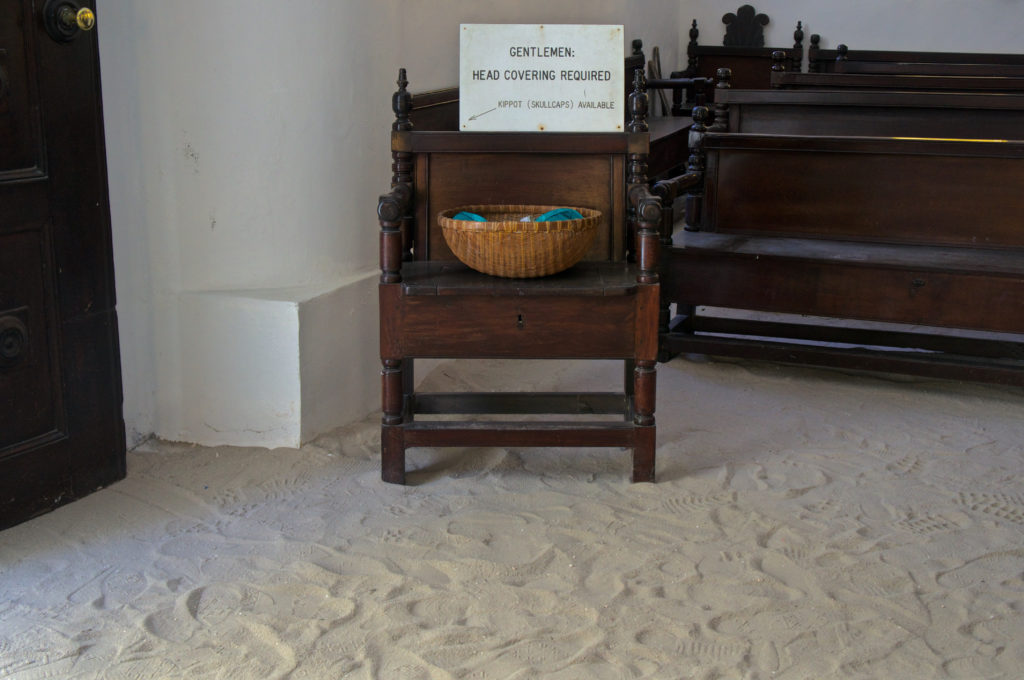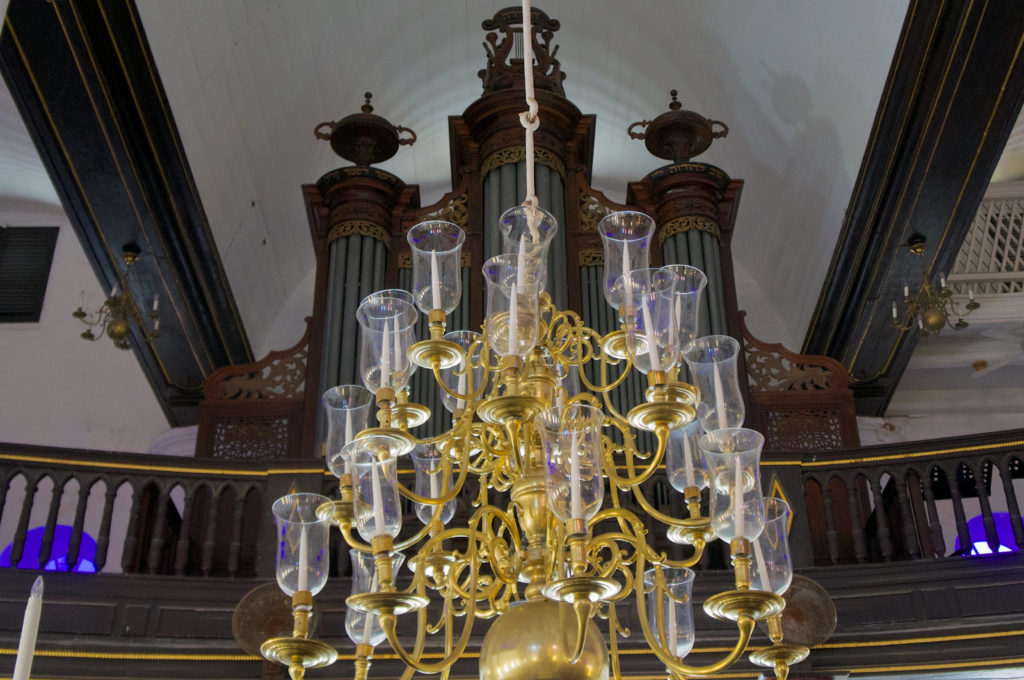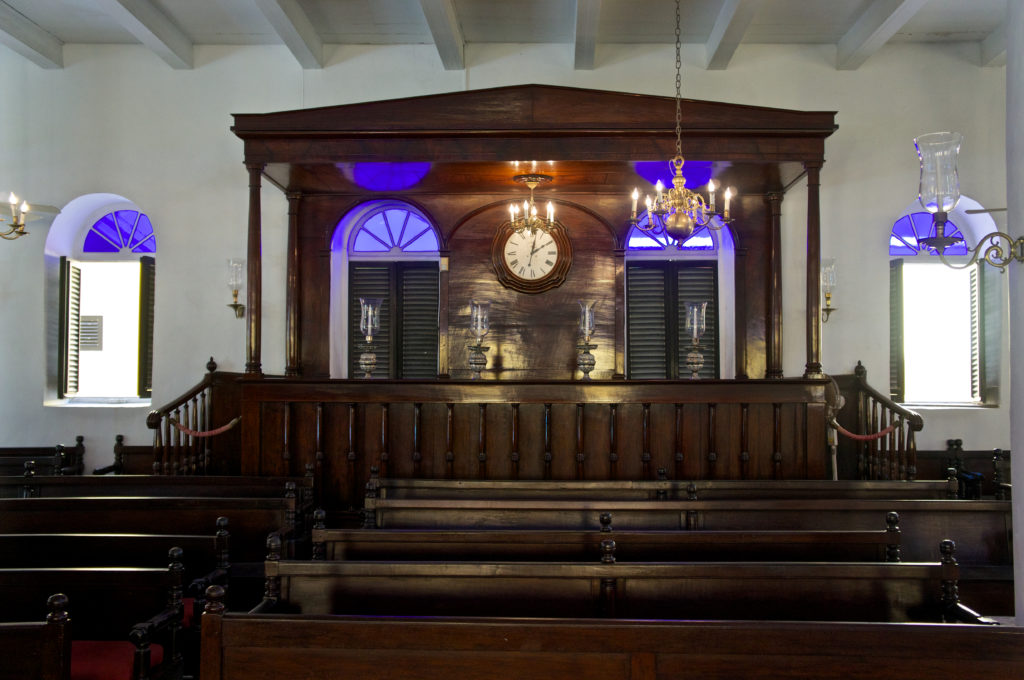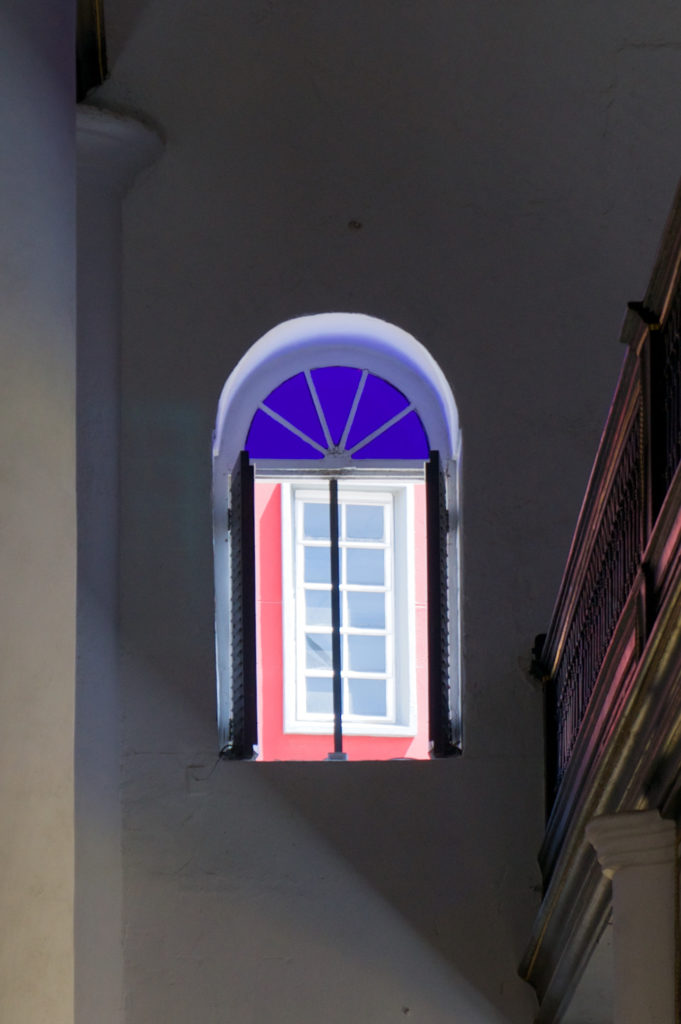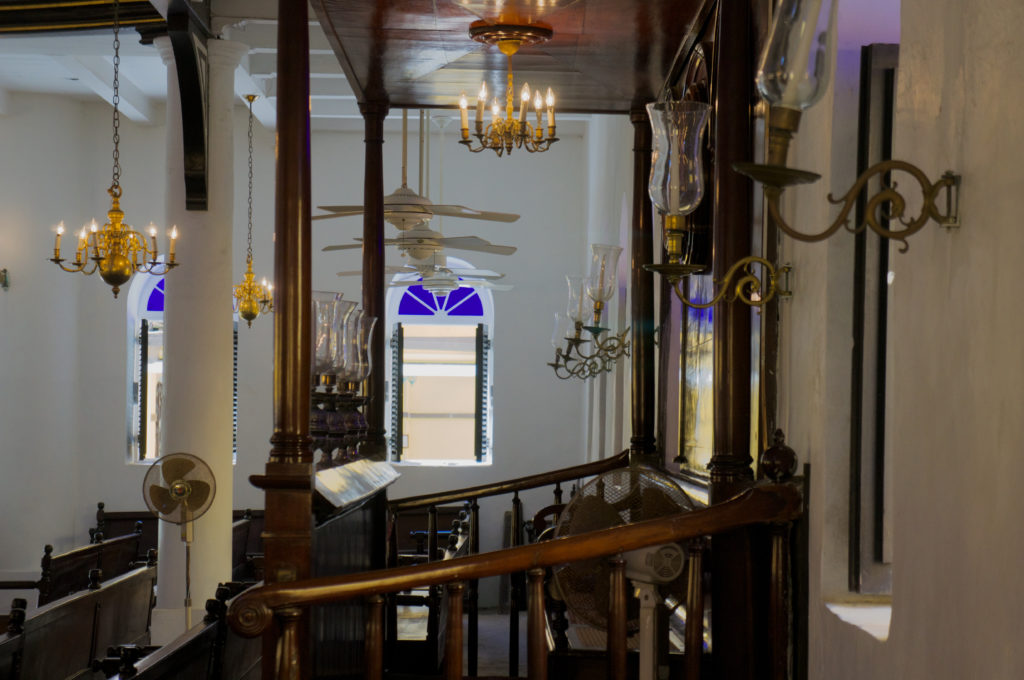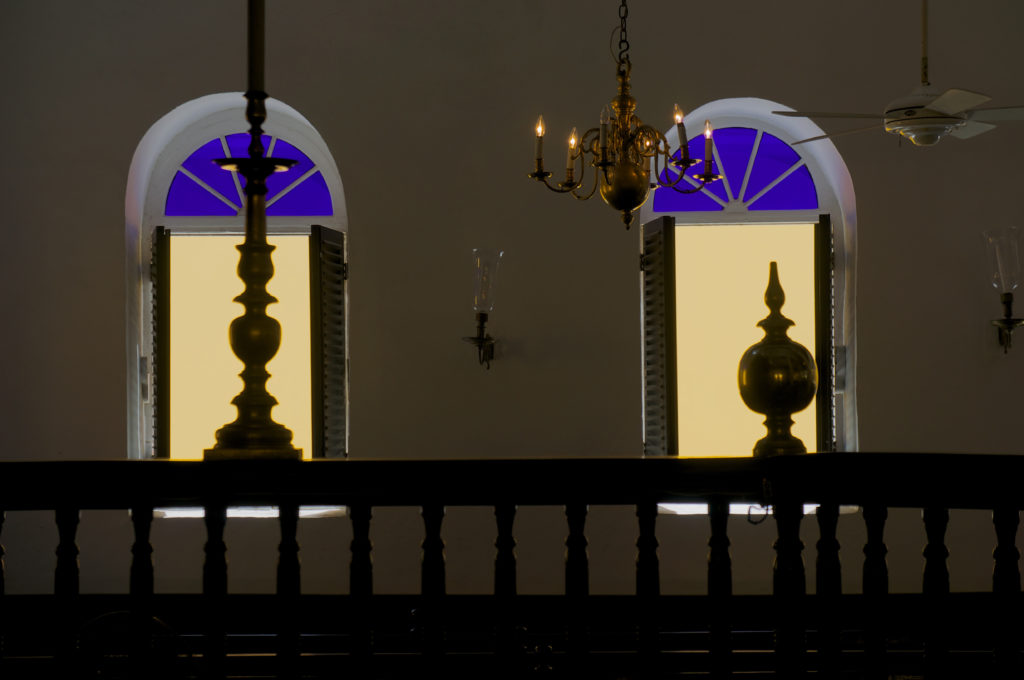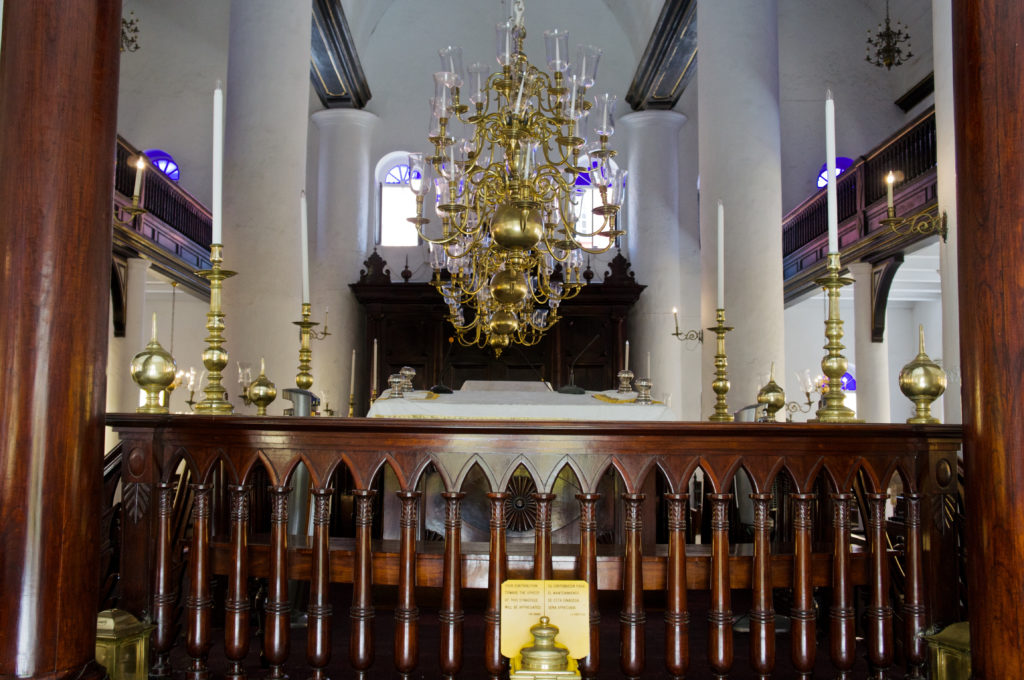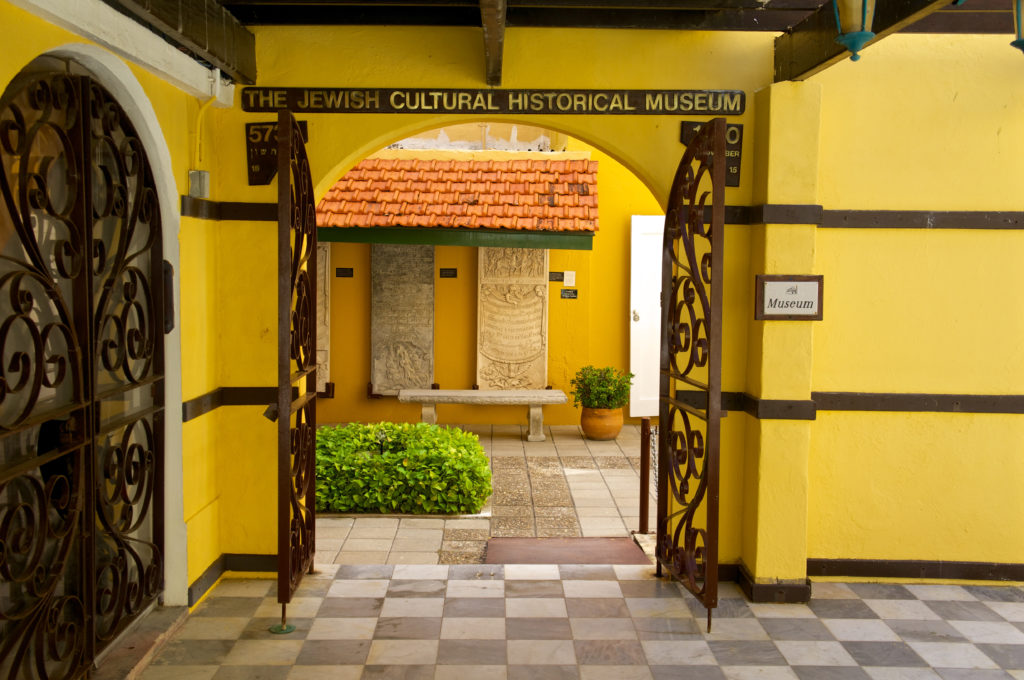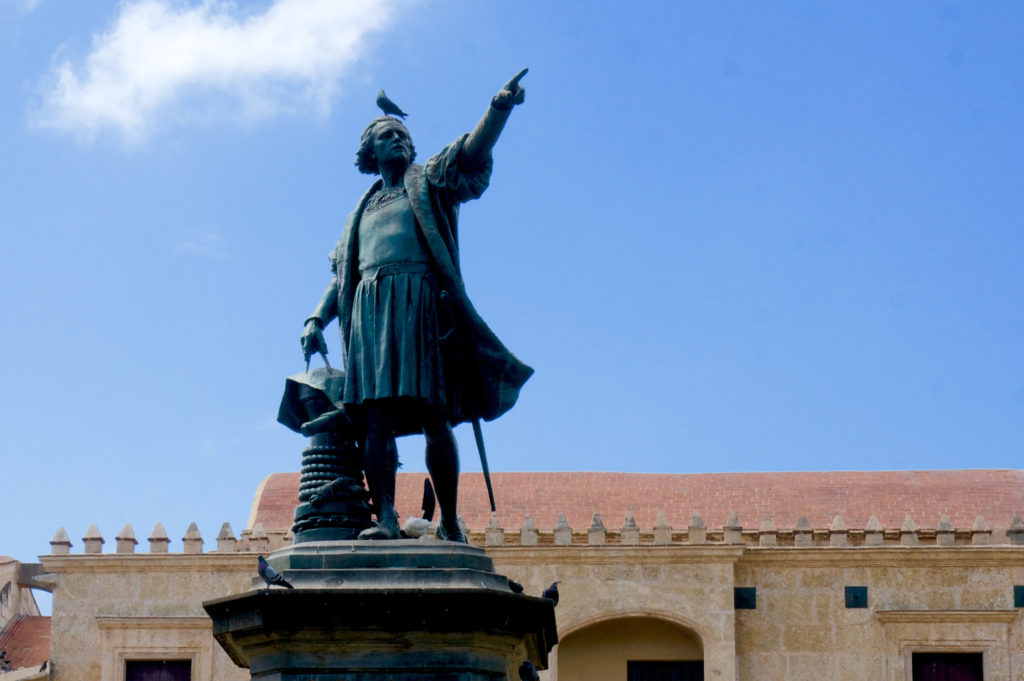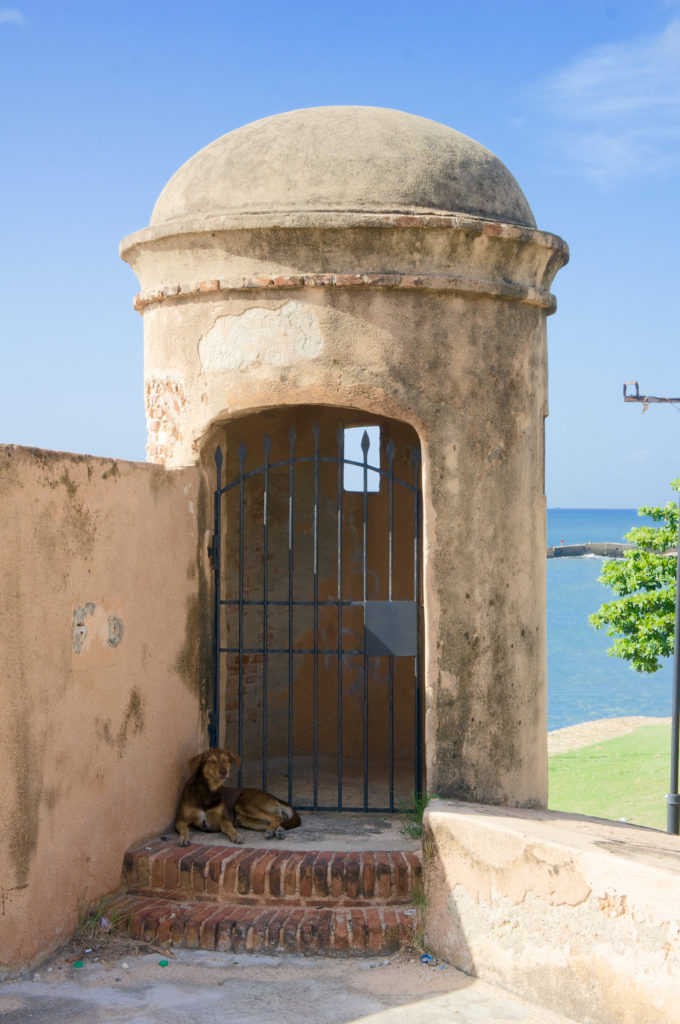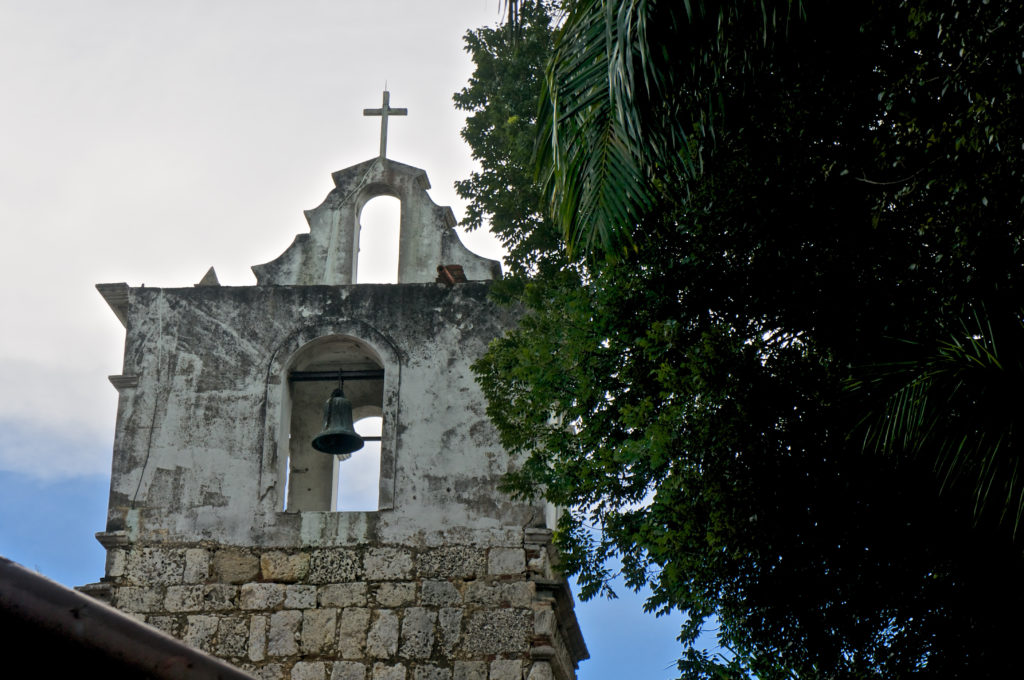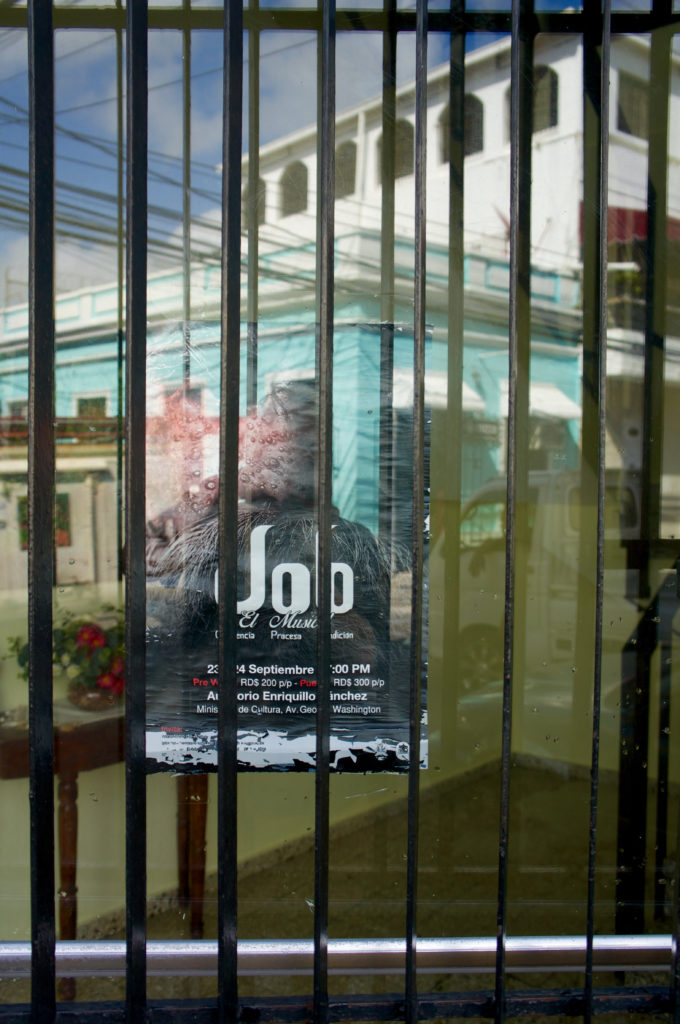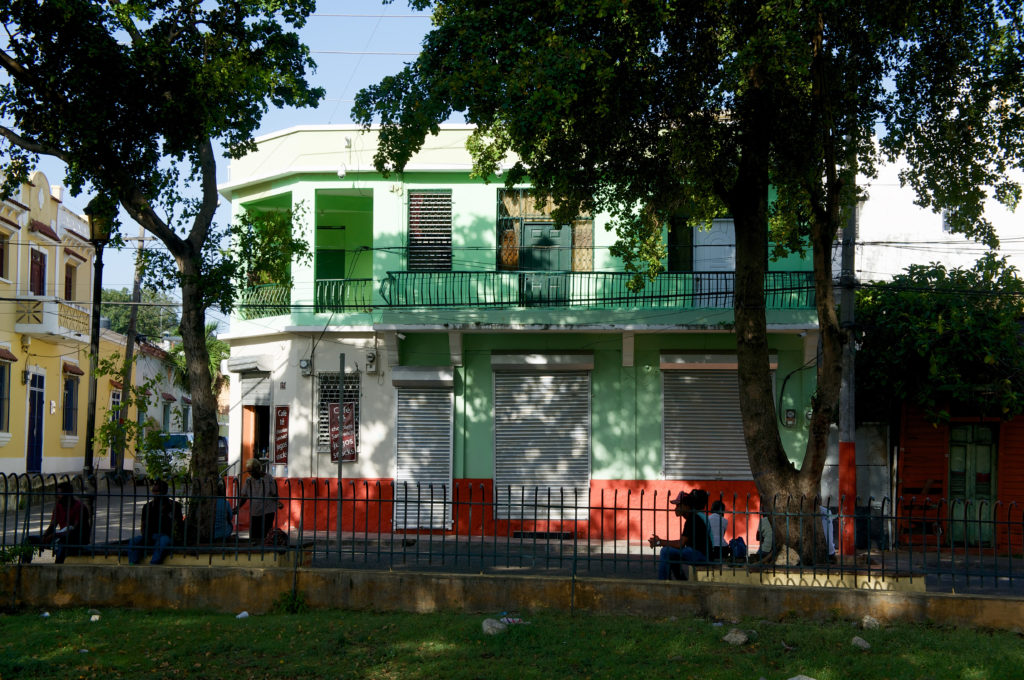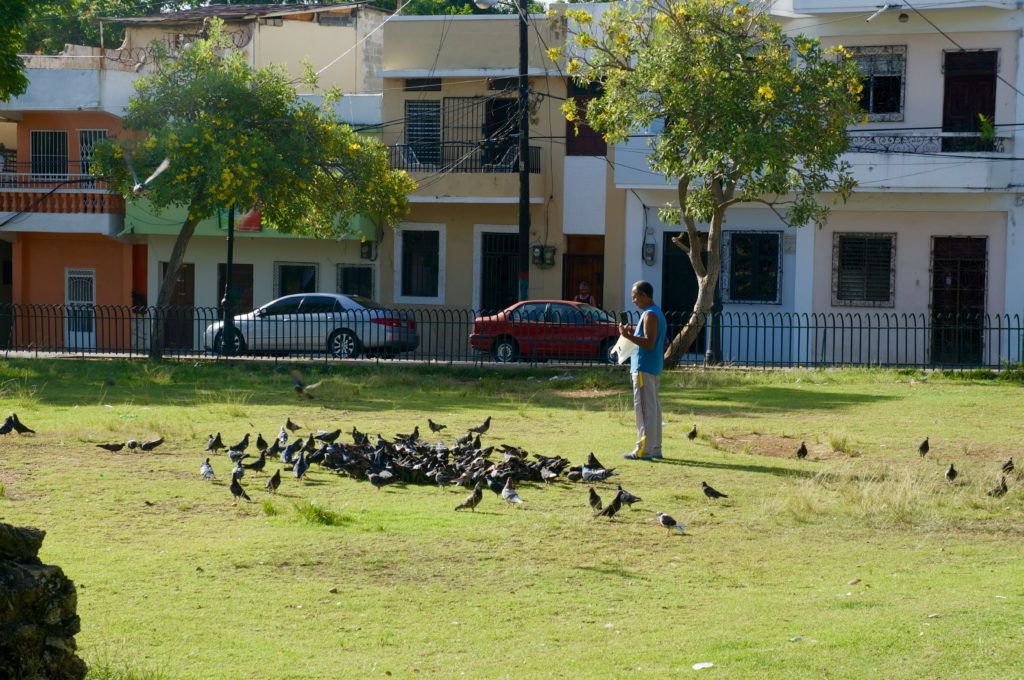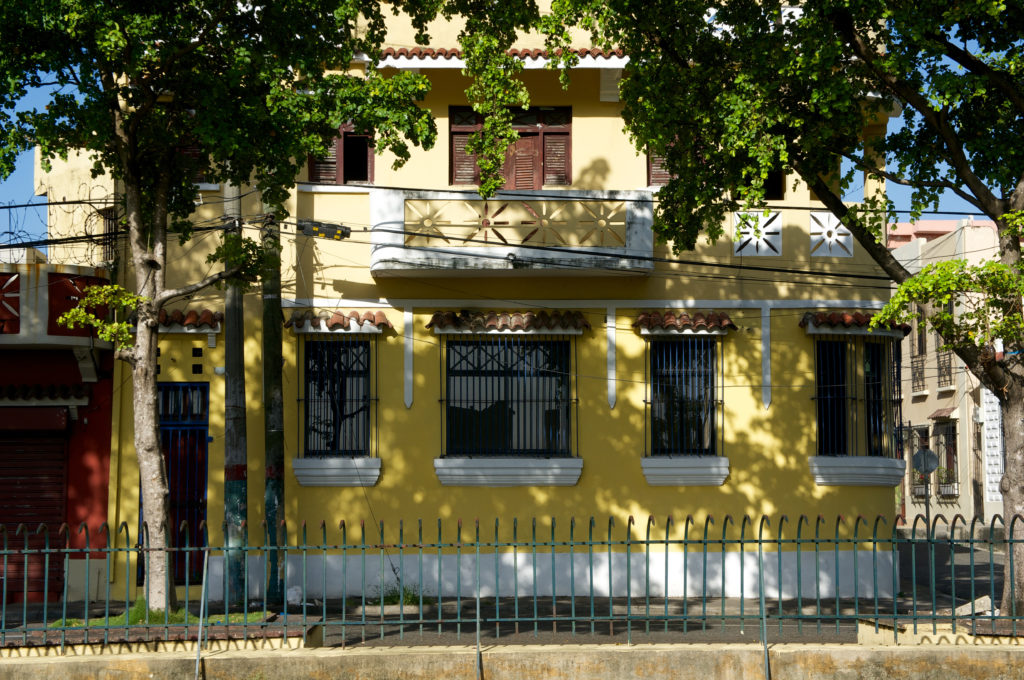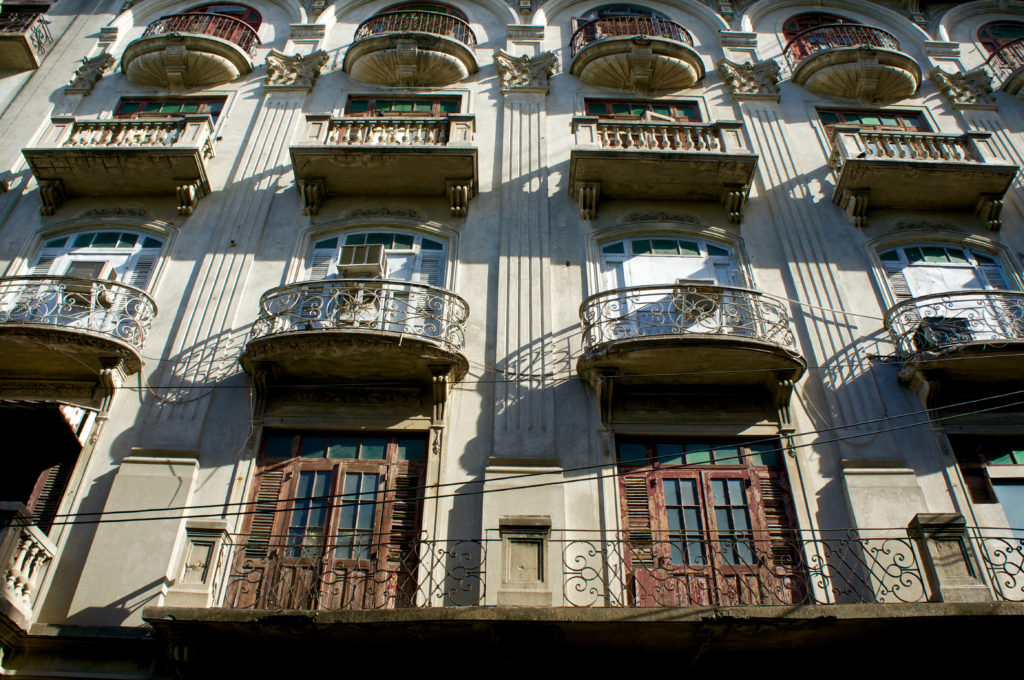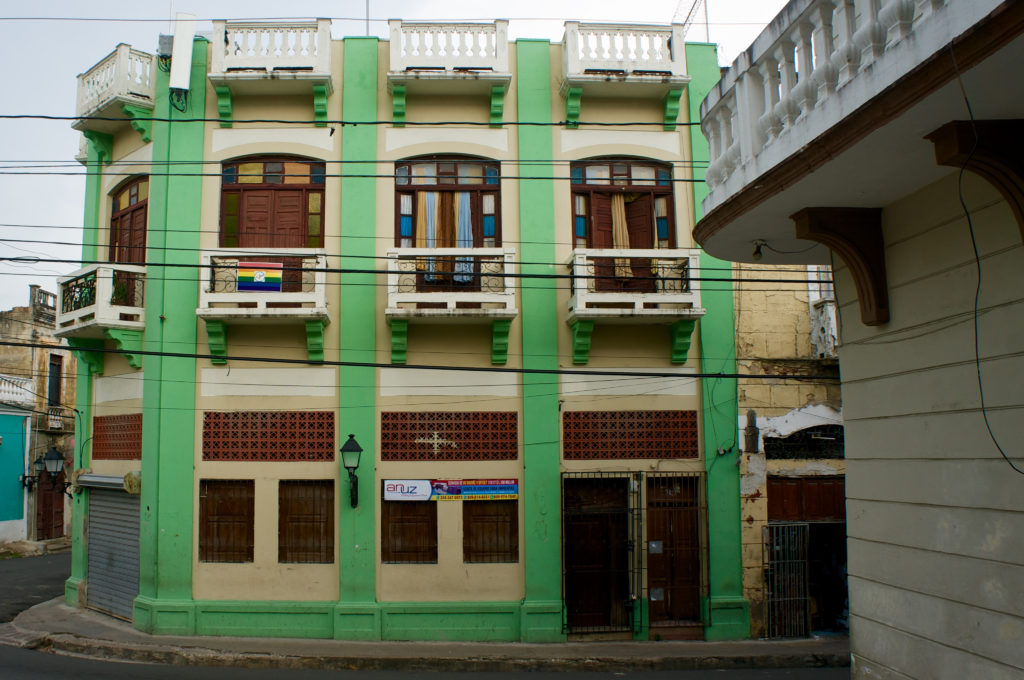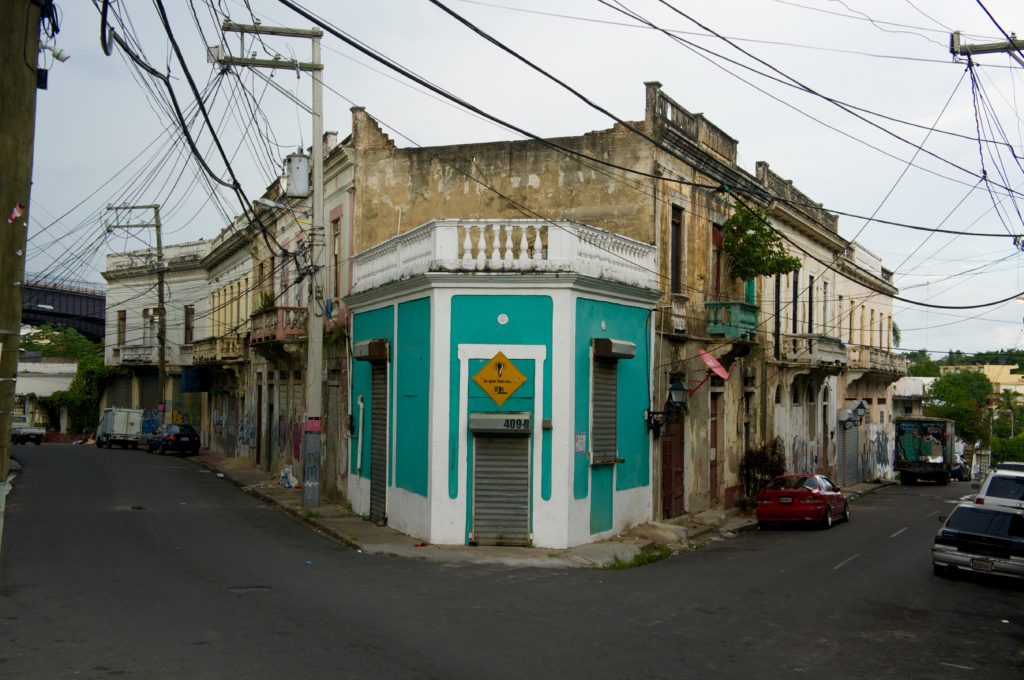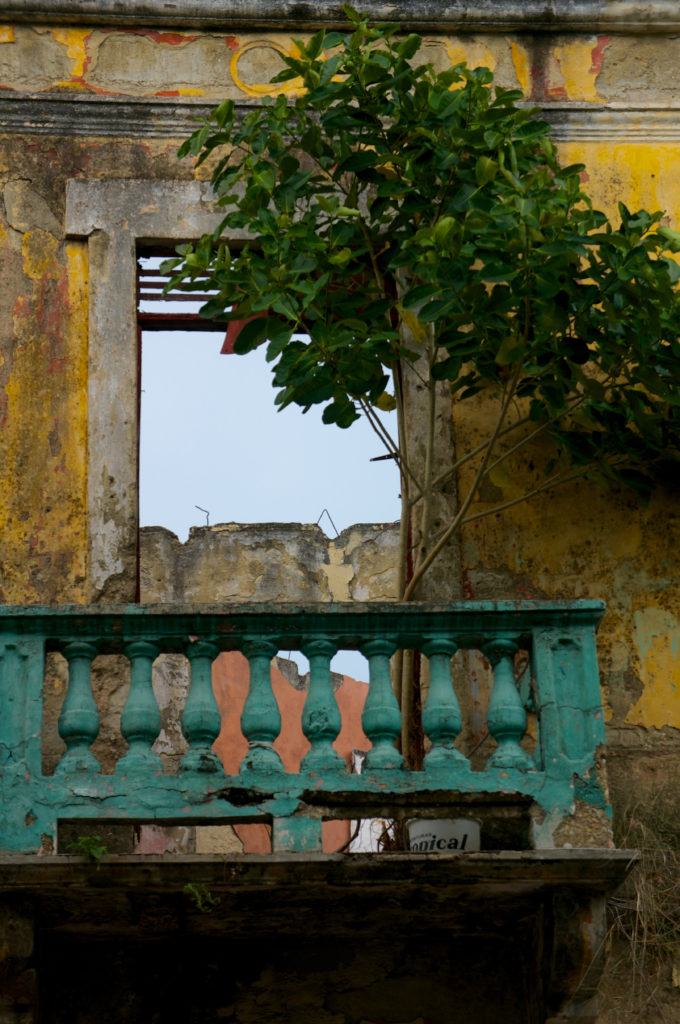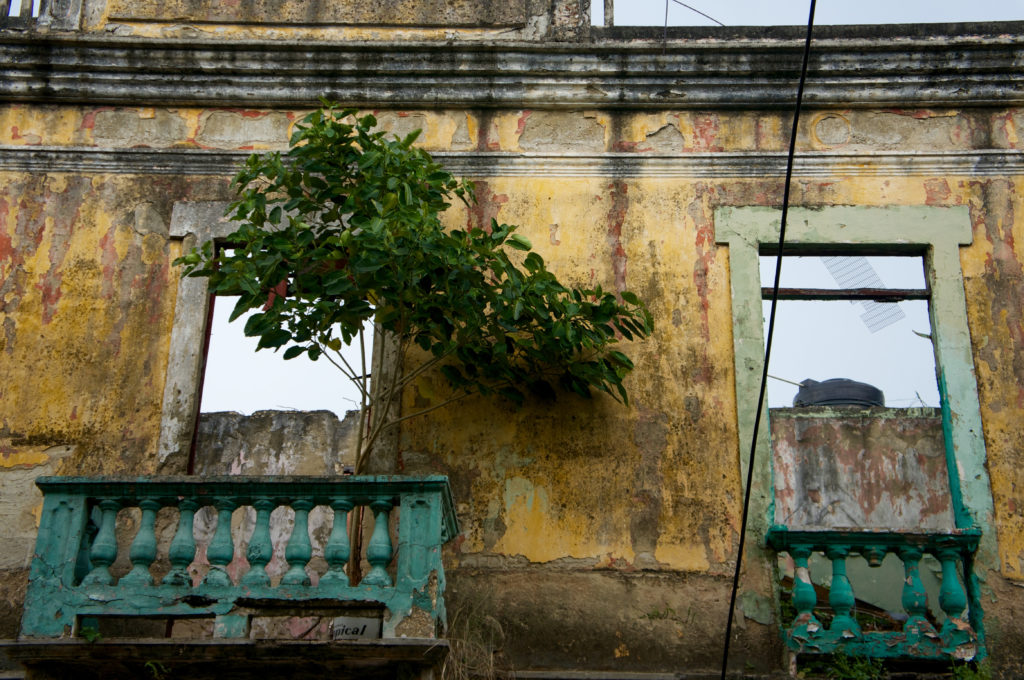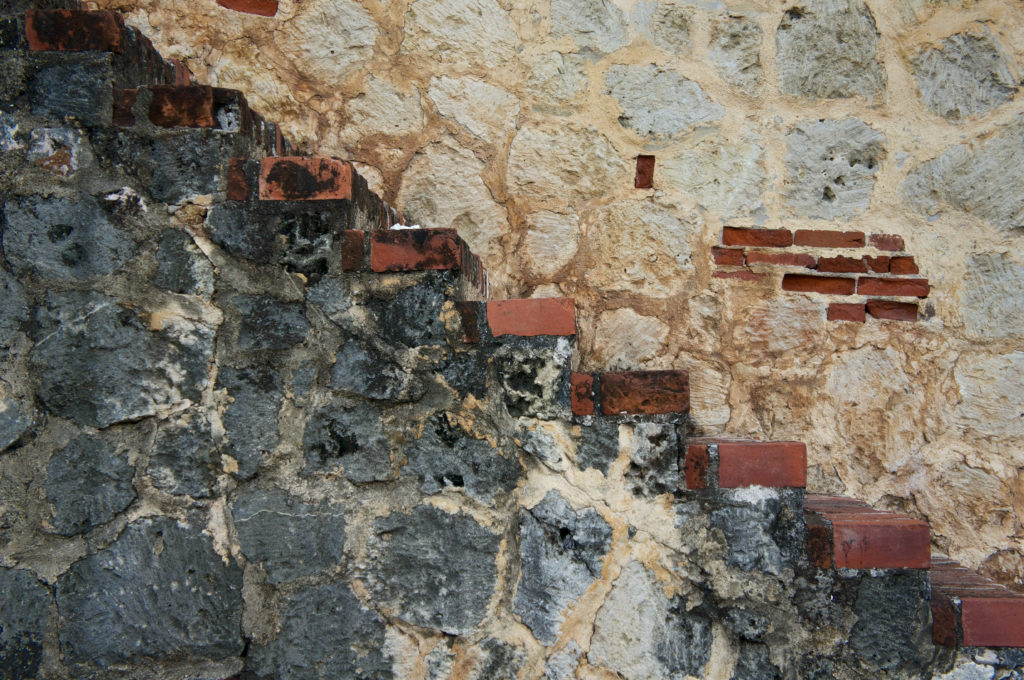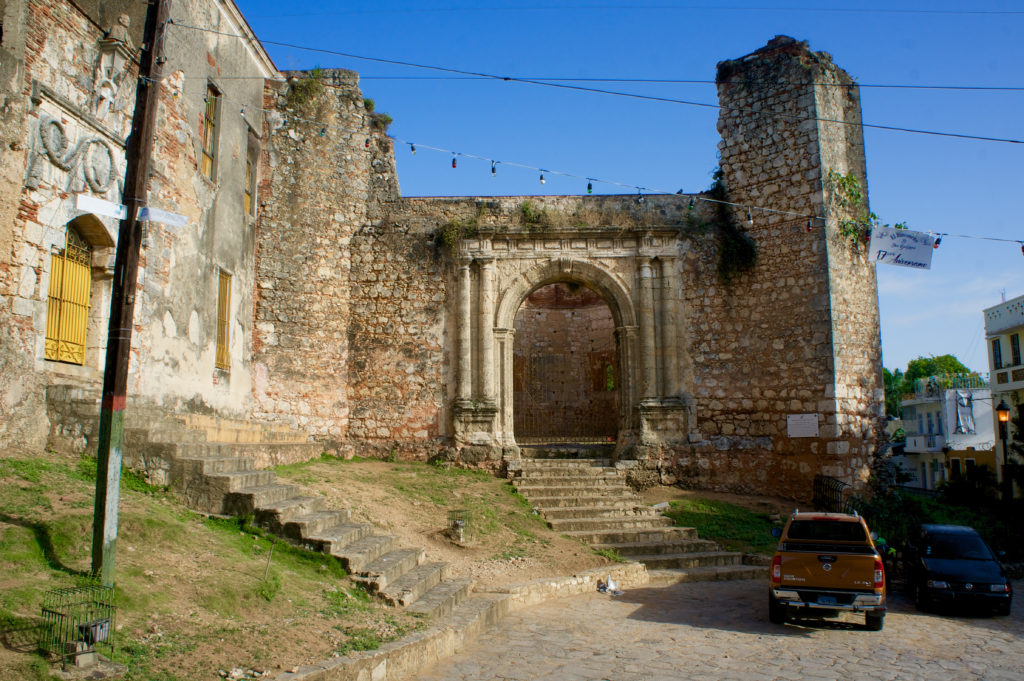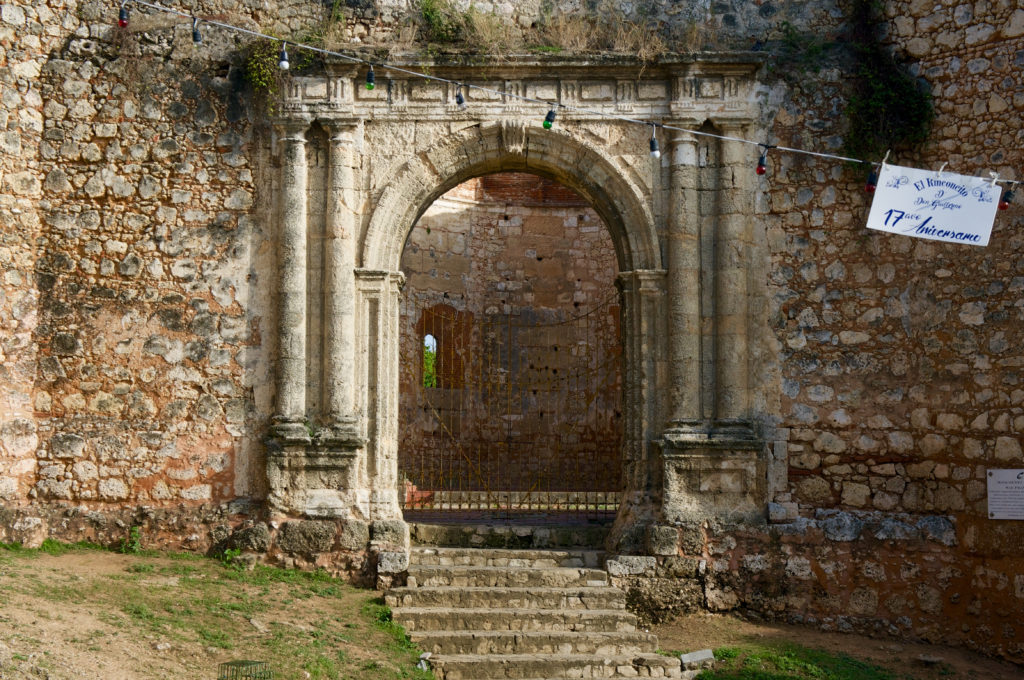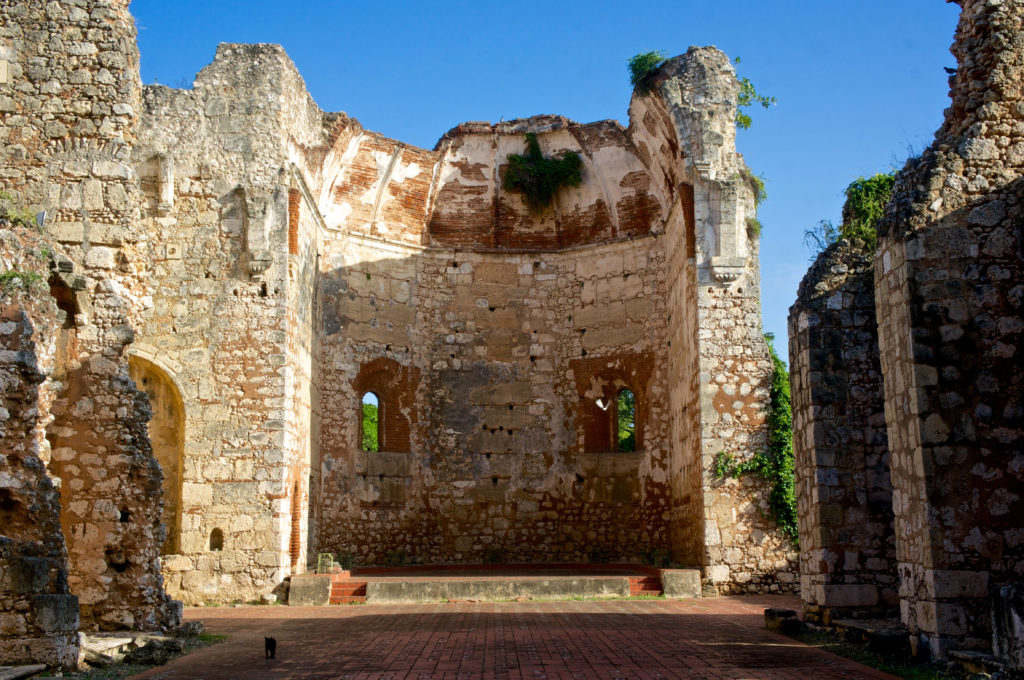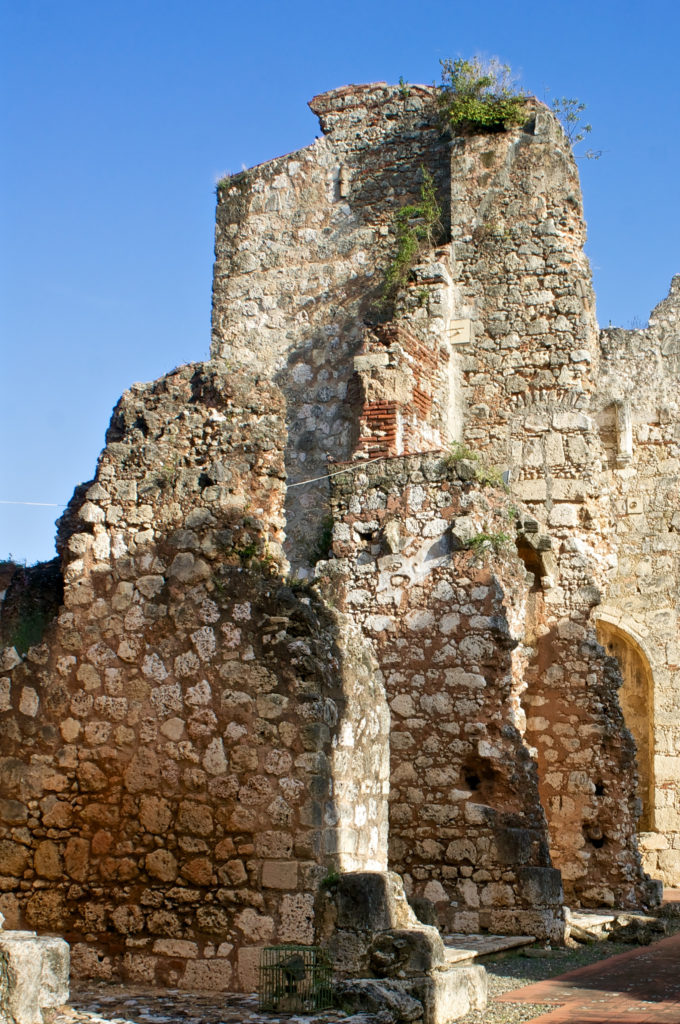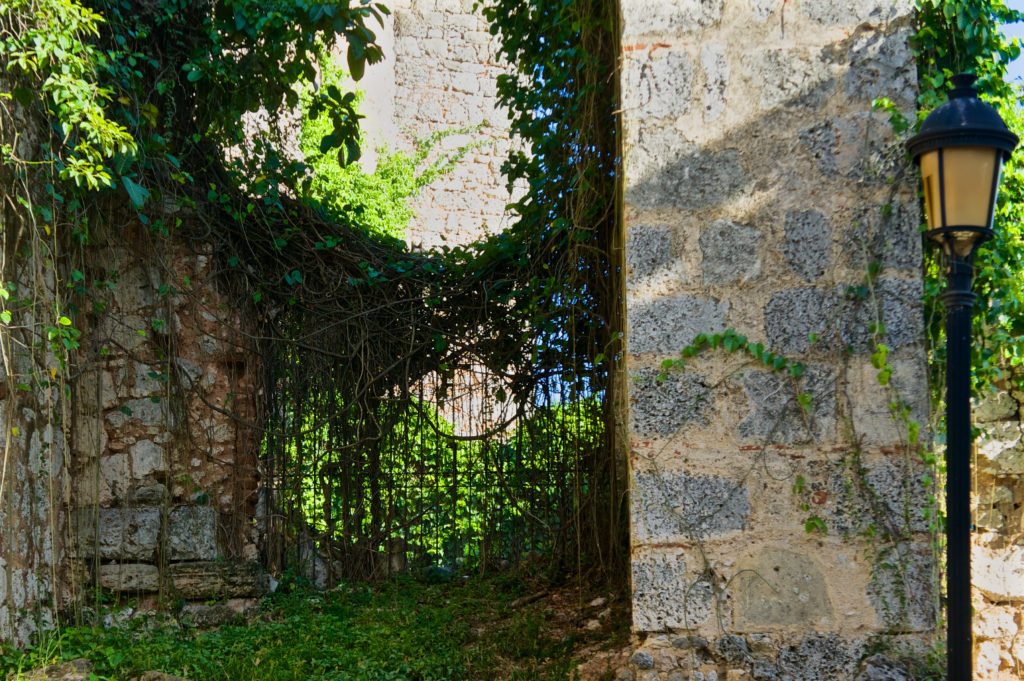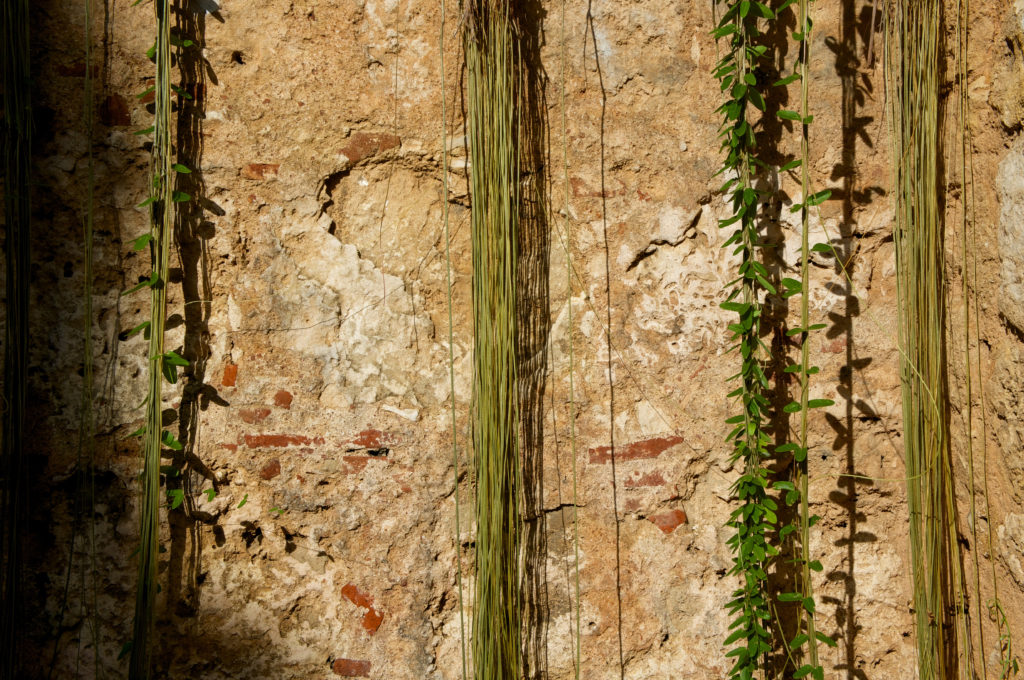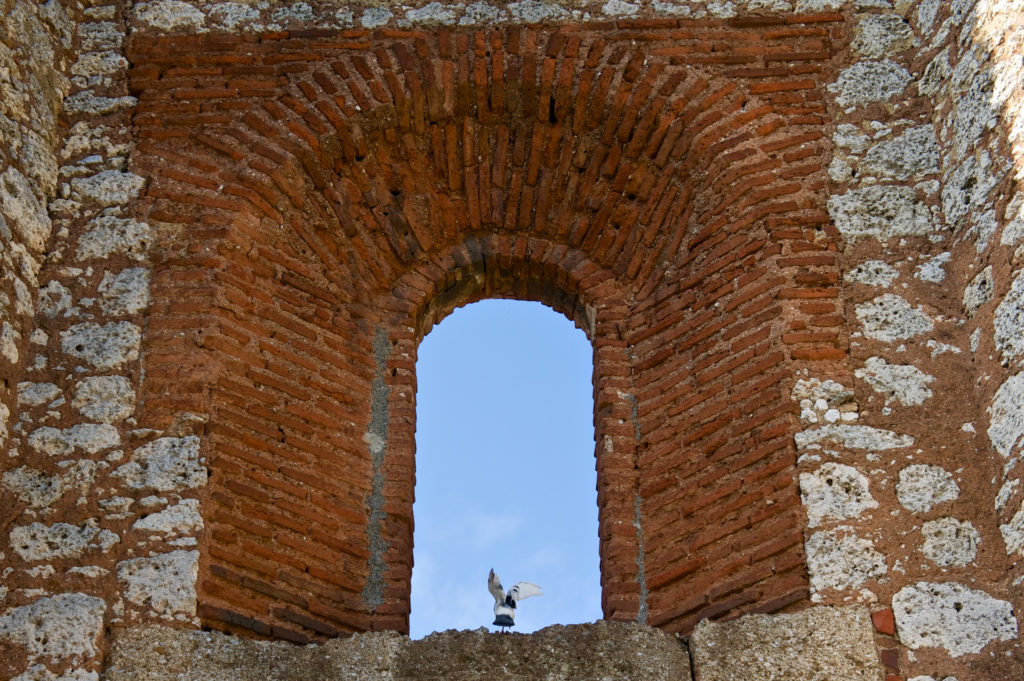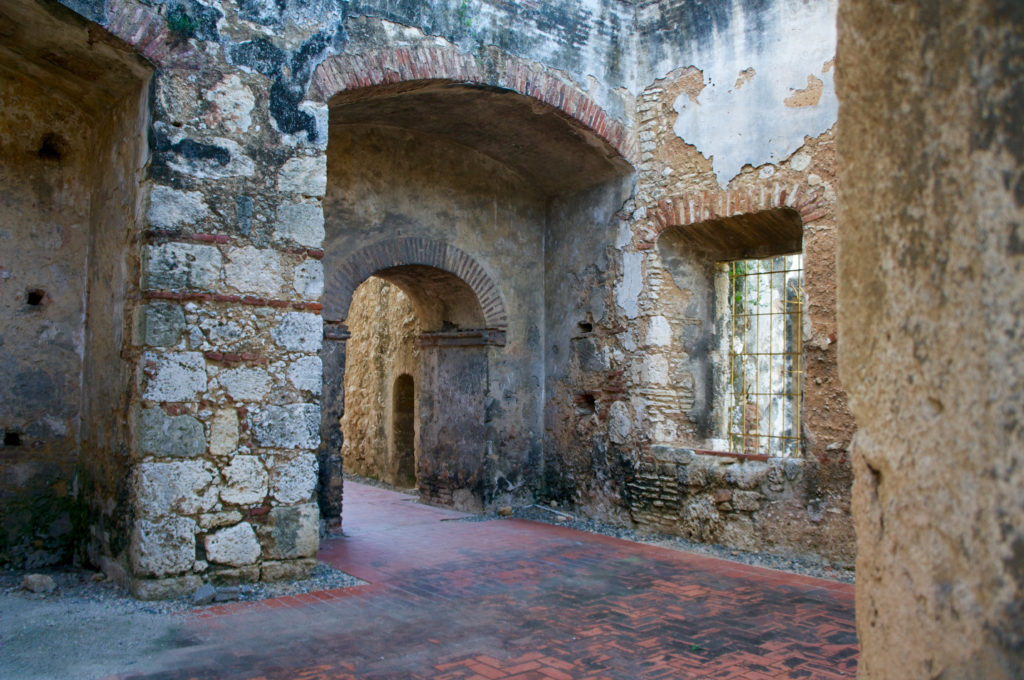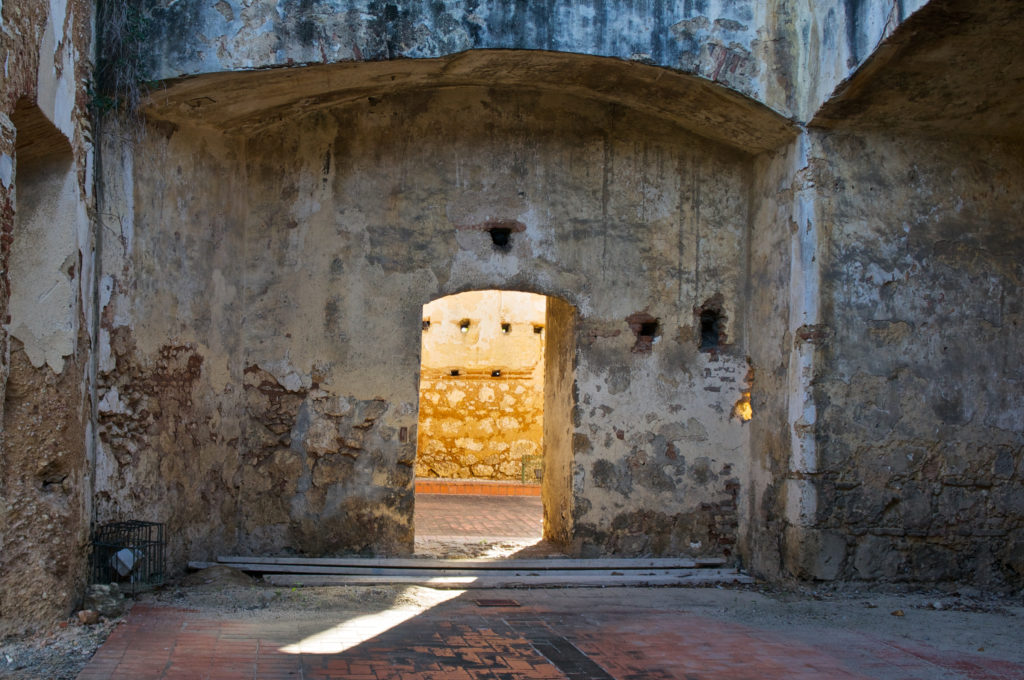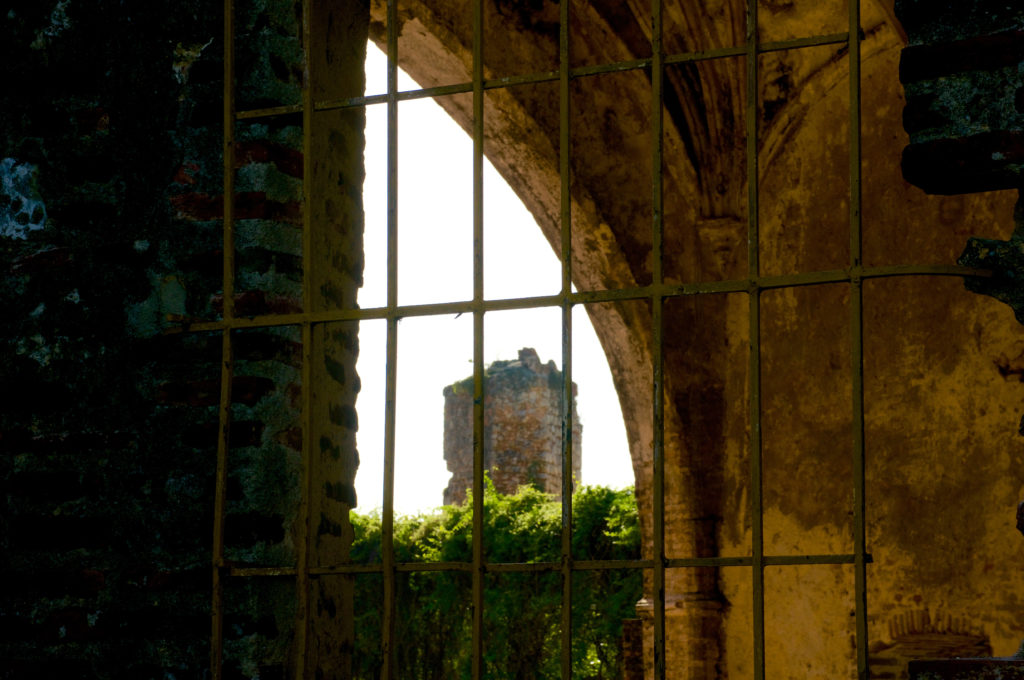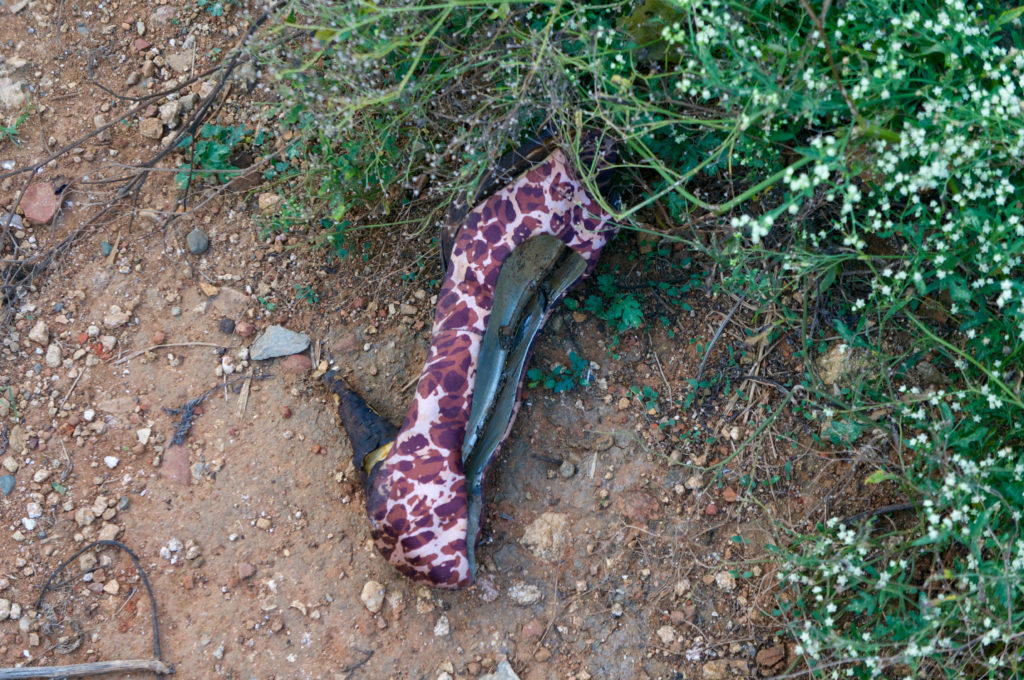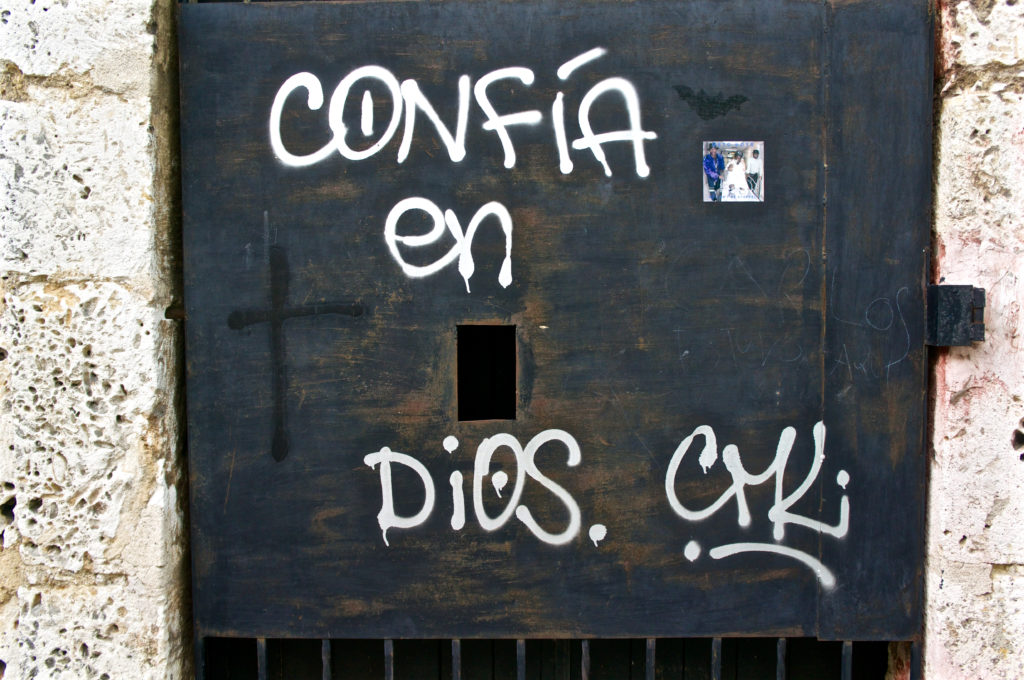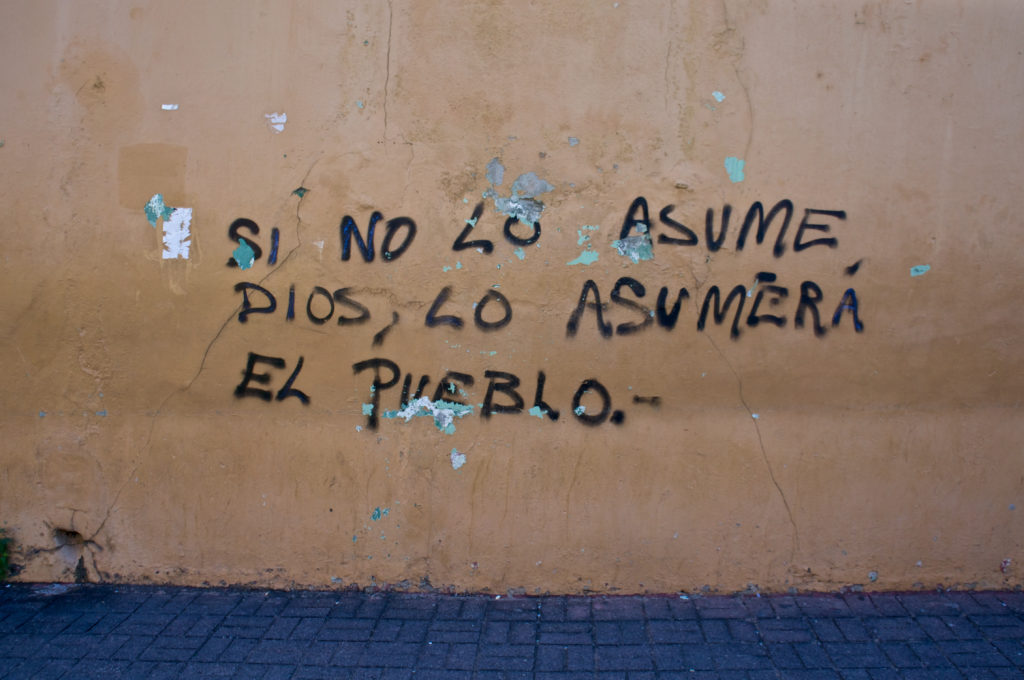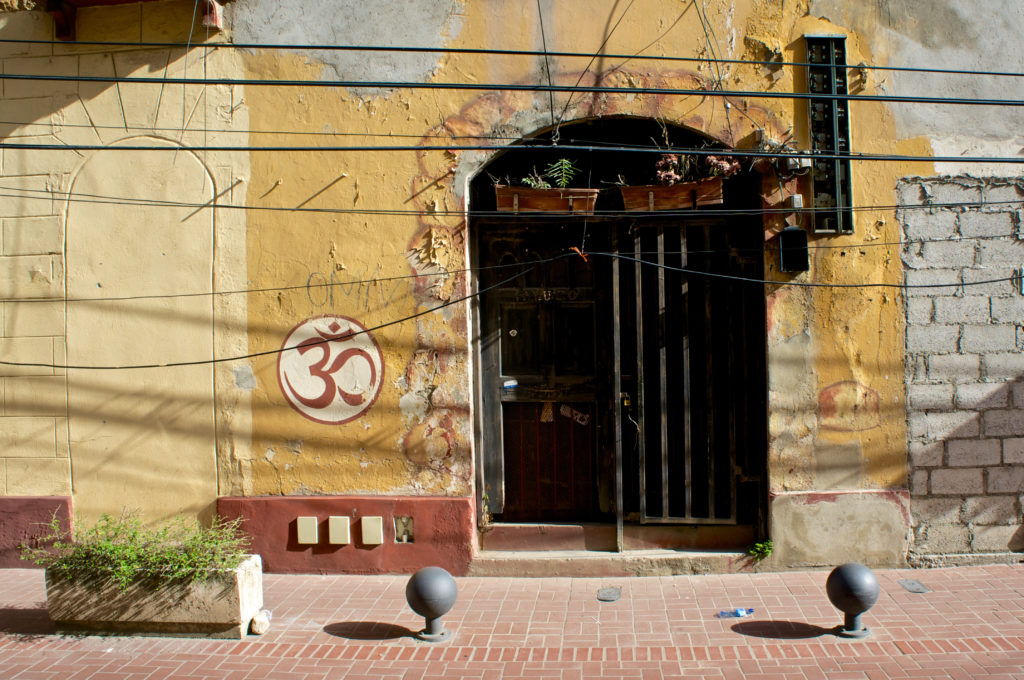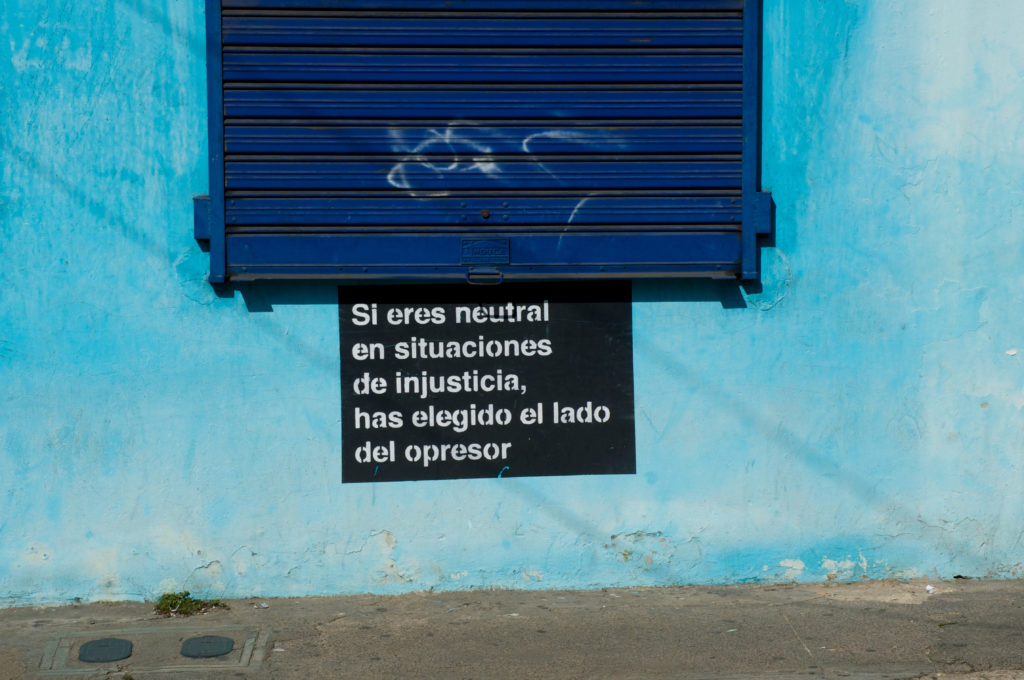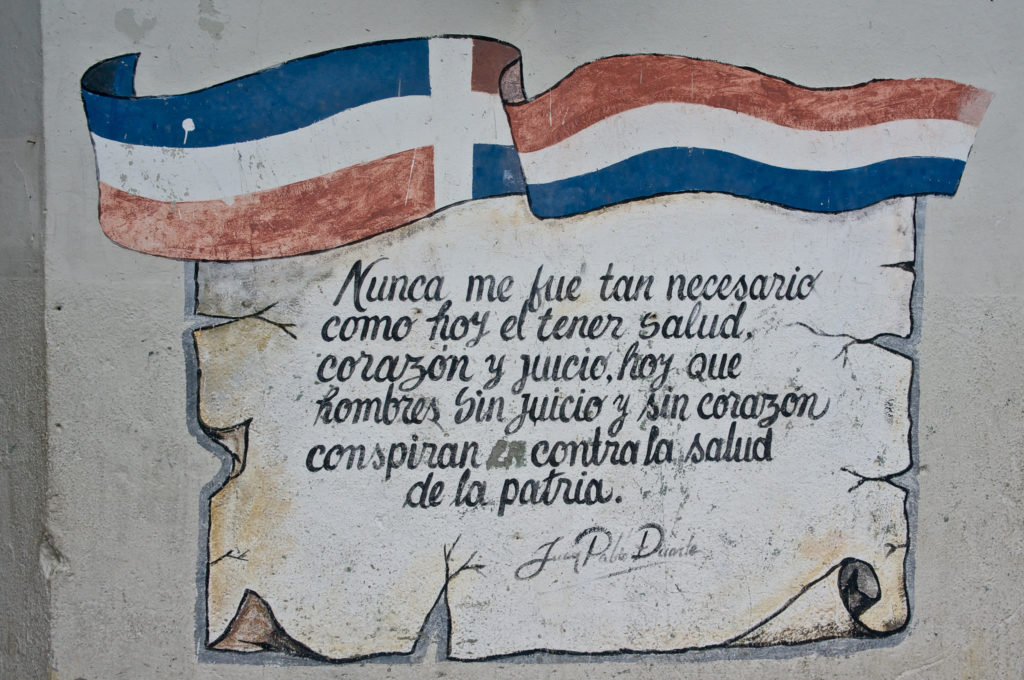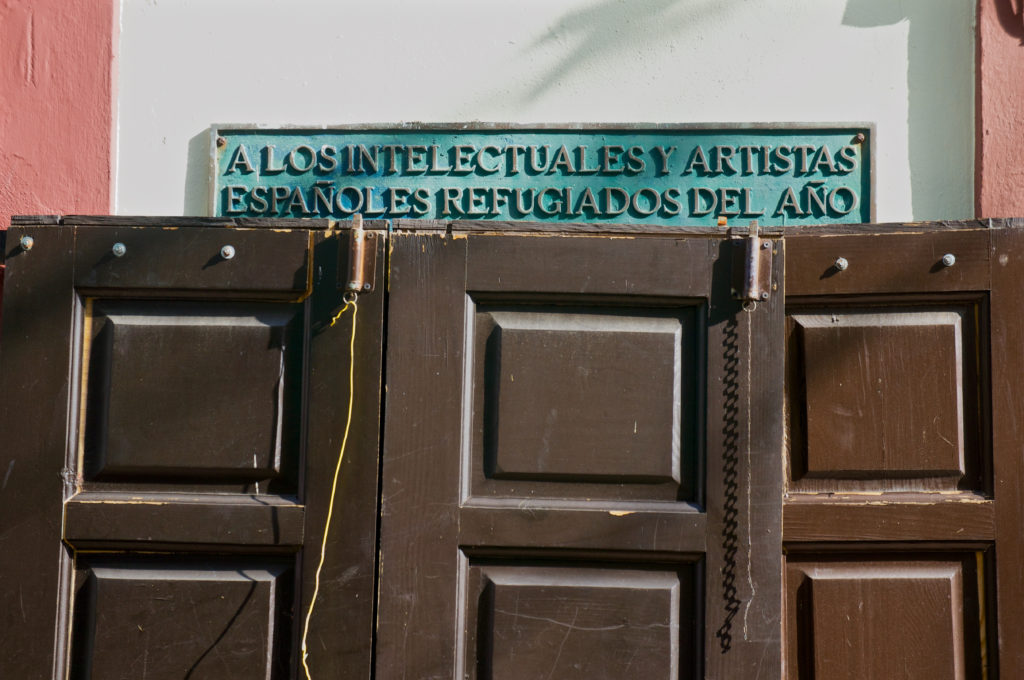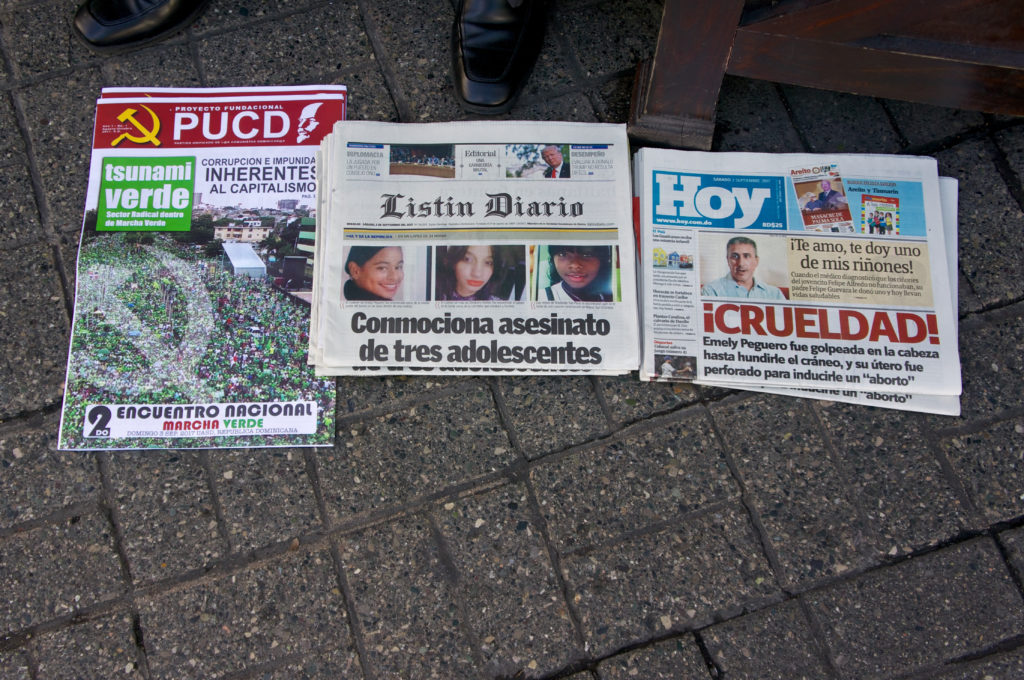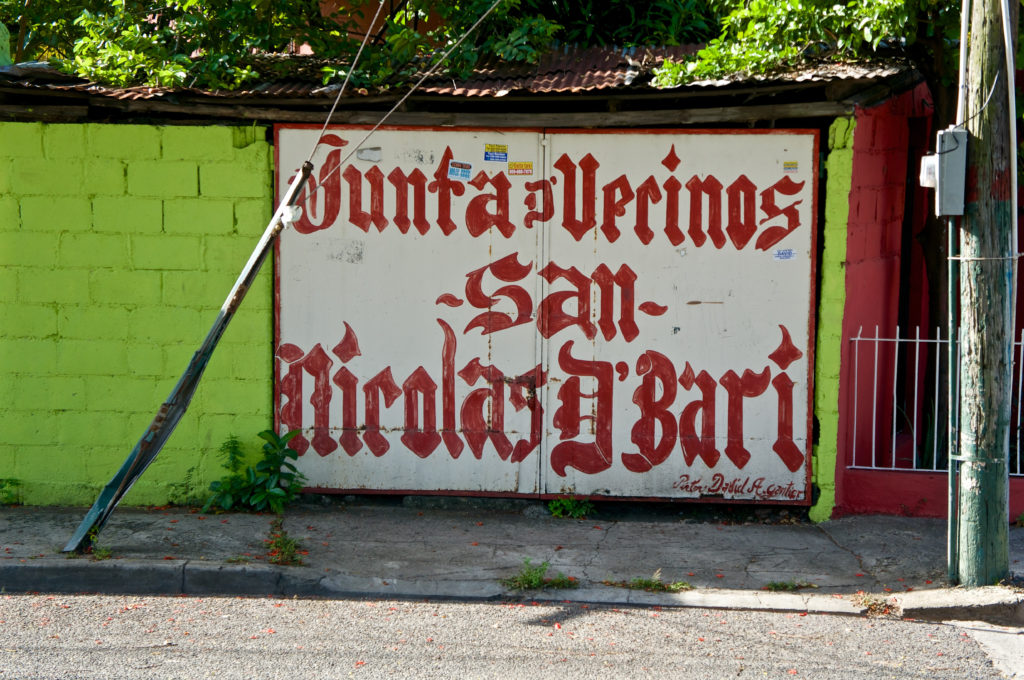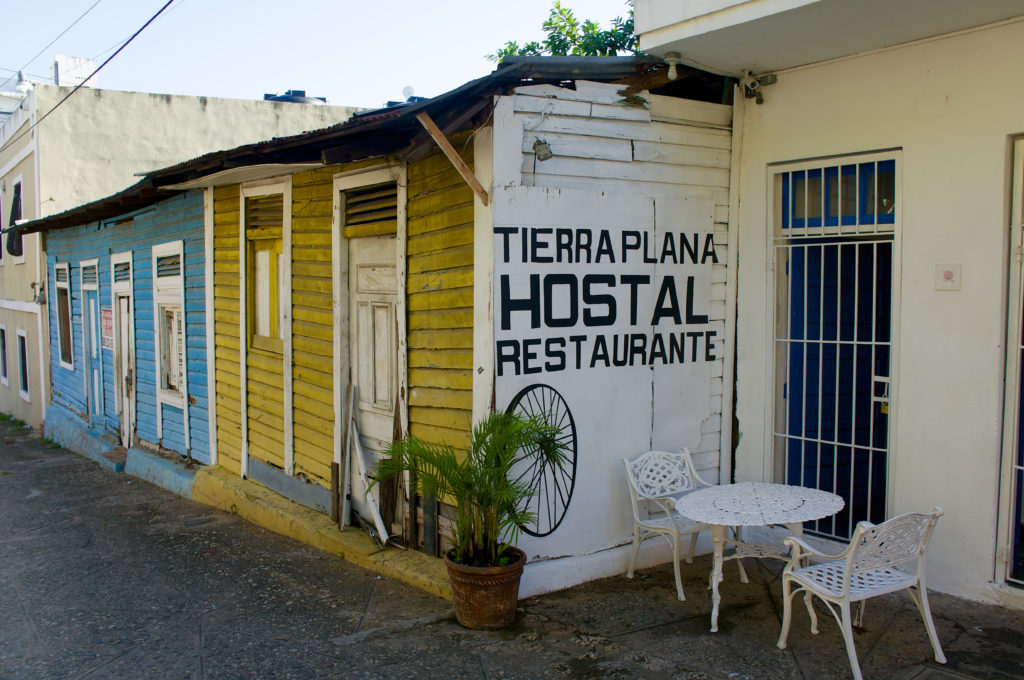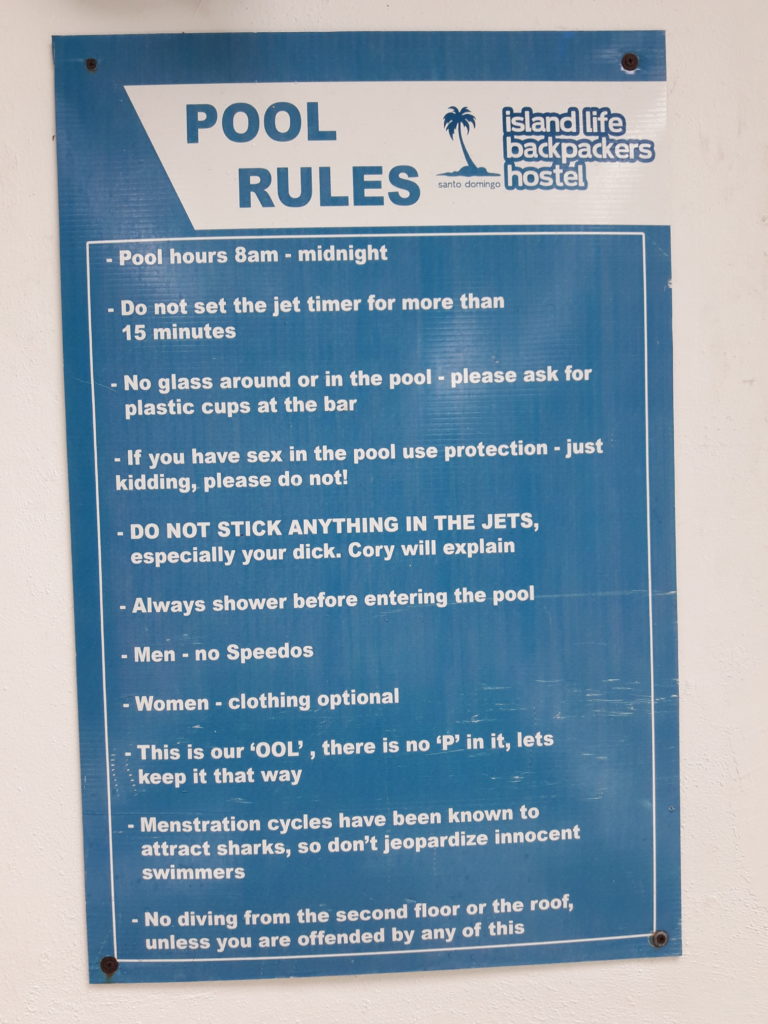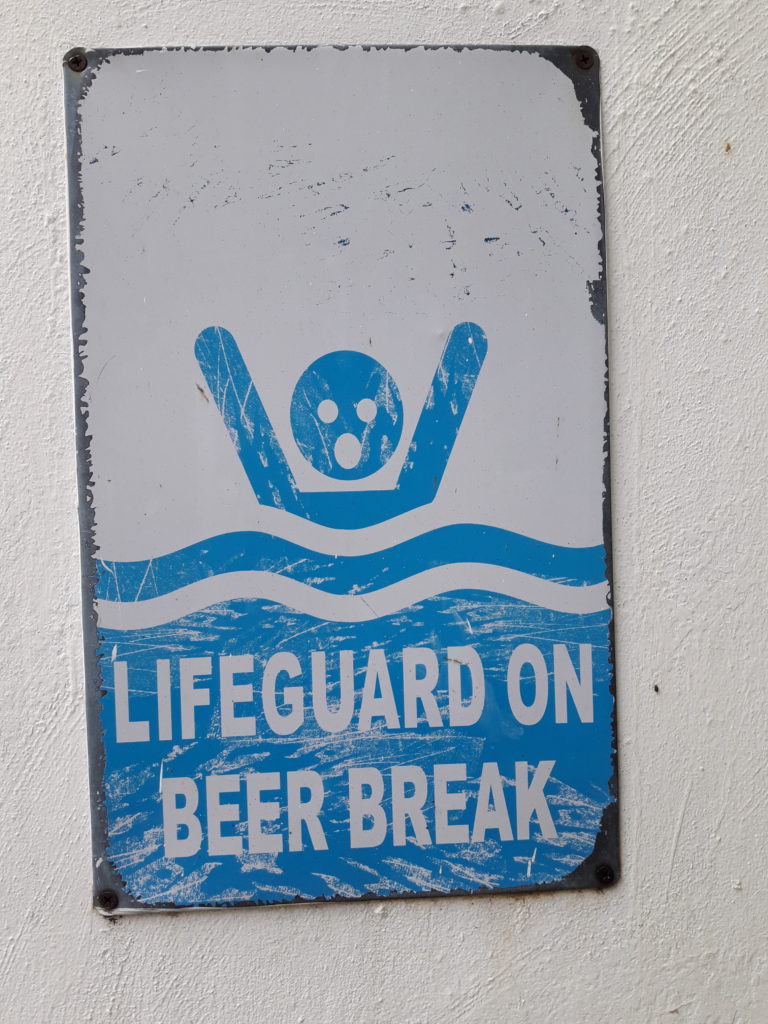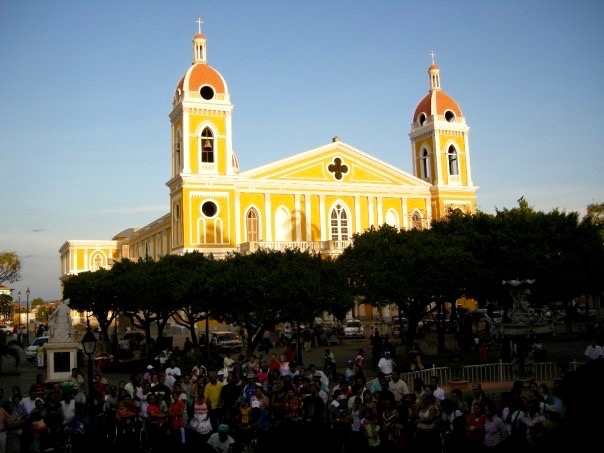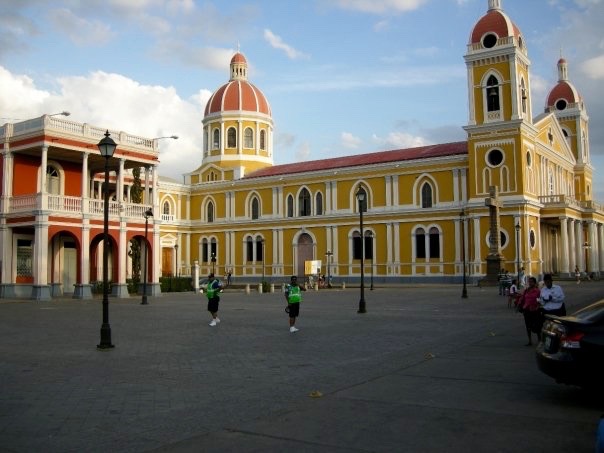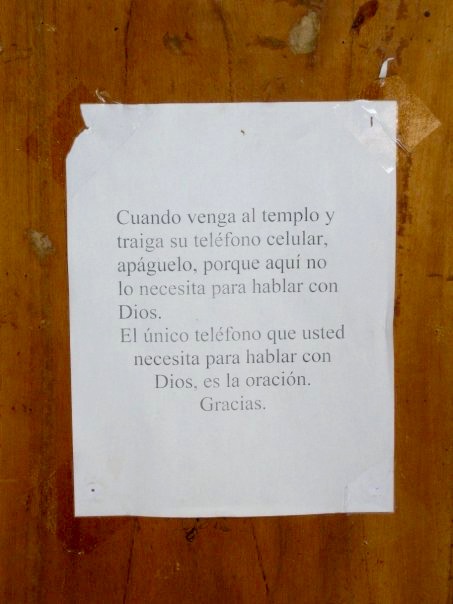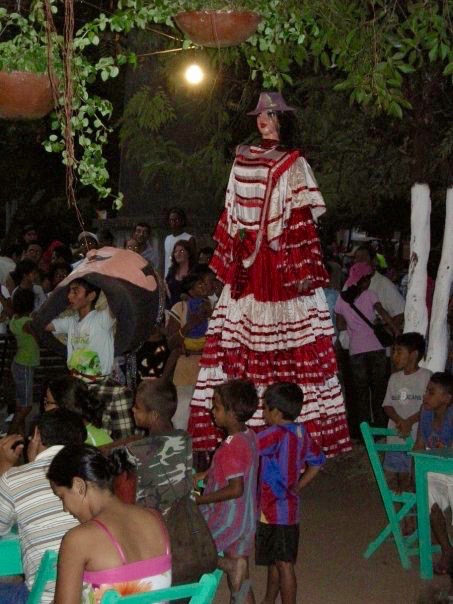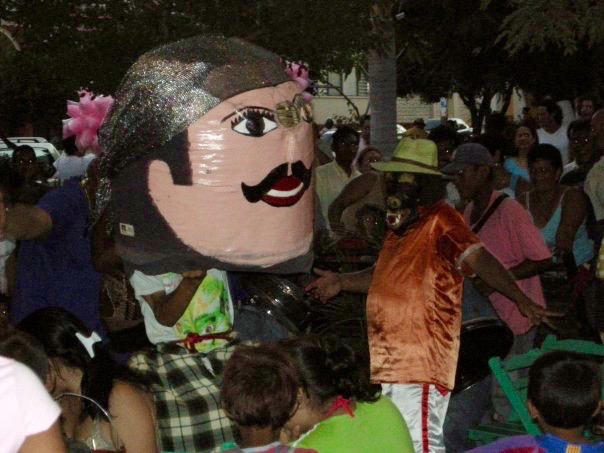On the day before Yom Kippur, I skipped lunch and walked over to the Mikvé Israel-Emanuel Synagogue here in Willemstad, a temple which holds the distinction of being the oldest synagogue in continuous use in the Americas. It dates from 1732 and is actually the second synagogue to be consecrated on the same site. The first temple there was built in 1674.
The congregation dates from the 1650s and originally consisted of Spanish and Portuguese Jews from the Netherlands and Brazil. As the brochure I was given proudly claims, “Although Curaçao may now seem like a remote outpost of the Jewish world, Mikvé Israel is still known as ‘The Mother Congregation of the Americas.'”
The first thing I noticed when I entered the temple was that I needed to don a kippot (yarmulke). During my travels, I’ve had to put on white sarong to enter Buddhist temples and female friends of mine have been asked to cover their heads when entering Islamic mosques. Different strokes for different folks; this was no big deal to me.
The next thing I noticed was that the floor of the temple was covered with sand. According to the brochure, there are three reasons for this:
The first is that our synagogue, like many traditional Spanish/Portuguese synagogues, is modeled after the encampment, which our forefathers established in the Sinai desert during their forty years of wandering from Egypt to the Promised Land. Our tebah in the middle is the Tabernacle and the congregants are like the twelve tribes surrounding it for its protection.
The second reason relates to the origins of our congregants whose ancestors were, for the most part, ‘secret’ Jews or ‘Conversos’ living in Spain and Portugal during the Inquisition until their emigration to the Netherlands and other countries. After settling in Curaçao, our ancestors remembered how their forefathers put sand on the floor of the secret rooms in which they worshipped to help muffle the sounds during their services. If discovered they would have suffered lifelong imprisonment, loss of all property and often burning at the stake. The sand on the floor serves thus as a reminder of the remarkable faith and courage of these Spanish-Portuguese Jews in the face of such terror.
The third reason is to symbolize that God said unto Abraham: ‘I will multiply your seeds as the sands of the seashore and the stars in the heavens’ (Genesis 13:16).”
The third thing I noticed was a stately pipe organ situated up in the balcony over the entrance. Though I’ve spent much of my life in the company of Jewish people, I have only been in a synagogue once before, so I can’t say whether this is typical – but it surprised me. The pipe organ was installed in 1866 and is in need of repair now, so it probably will not be used for Yom Kippur services.
And the final thing I noticed was that despite the Middle Eastern origins of Judaism, this old synagogue is at heart a very Caribbean building, with multiple windows on each floor that let the cooling sea breezes. The windows have blue-tinted half-rounds above them and the colored light makes the sanctuary look cooler than it probably is.
In preparations for the high holy day, the bulbs in most of the chandeliers and sconces had been replaced with tapers. This is done just once a year, I was told. I thought it would be nice to see this chamber lit by flickering candles.
The synagogue is just one of several buildings inside the walled compound. The others include a museum and a gift shop.
This was another first for me: I don’t recall the other places of worship I’ve visited as having gift shops. But then Mikvé Israel is more than a temple – it’s a tourist attraction of historical interest. The non-Jewish people in Curacao I’ve talked to about it seem very proud of it, almost sentimental. Curaçaoans, I have learned, are a very tolerant people who take pride in their heritage as a refuge for the oppressed.
The last thing I saw as I left the temple grounds was a brass plaque fixed to the exterior walls documenting a 1992 visit by Queen Beatrix and Prince Claus, “commemorating the expulsion of the Jews from Spain in 1492 and expressing gratitude to the House of Orange for granting them four centuries of religious freedom.”
That’s a legacy to be proud of.
